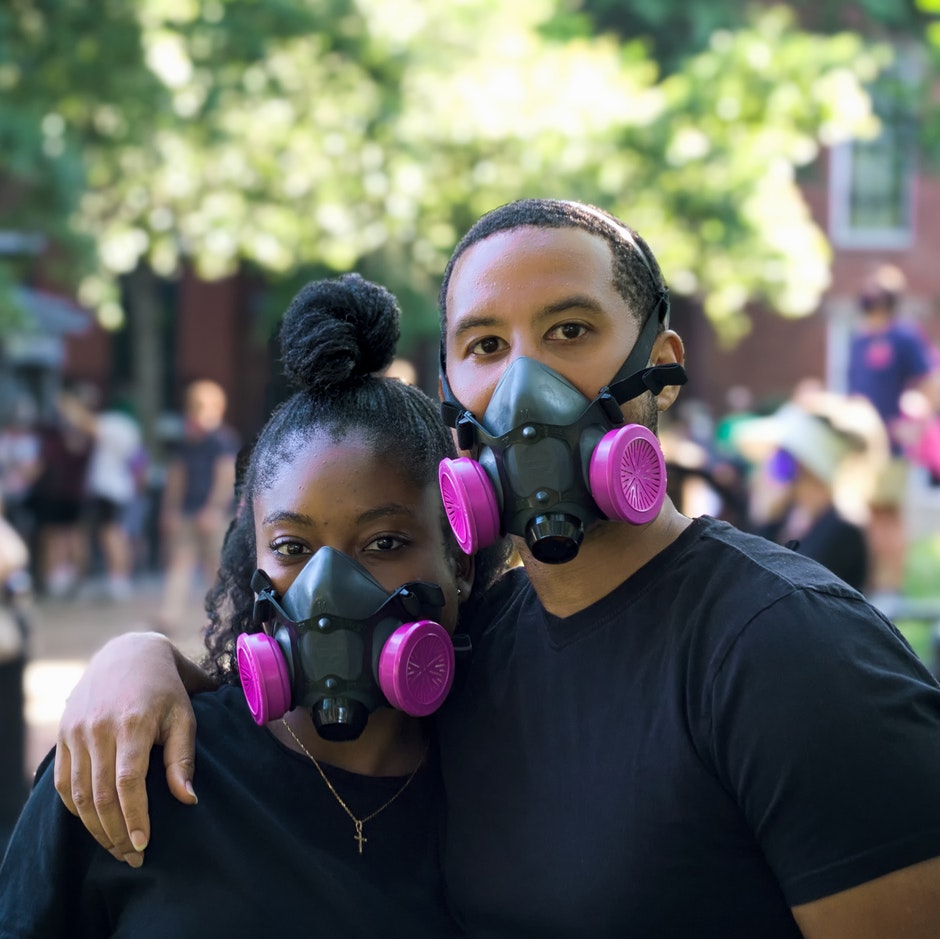Safety is a primary concern for many customers / Obi Onyeador; Unsplash
With the Covid-19 pandemic, the entire world has collectively experienced a traumatic event, which has forced us to transform the way we live. It temporarily drove us to limit social interactions like many of us never have before, and accelerated permanent changes toward more remote work and communication.
However, while our culture may change, there remain some inherent traits that drive humans, developed over thousands of years of evolution, that are far too ingrained to be reversed over a couple of years.
Ultimately, people remain social creatures, driven by unconscious emotions. Neuroscientific studies show that, as marketers, we need to arouse emotion and create motivation to drive action. When it comes to making decisions, including on brands, our brains look out for sensory shortcuts to help process information. If something triggers our senses, it is far more likely to be noticed, and the information is more likely to be absorbed. Conversely, if cognitive barriers to engagement are high, the experience will be dampened.
In other words, experiential marketing is uniquely placed to influence people by arousing emotions through multisensory storytelling. We can create the opportunity to touch, smell, feel, hear and enjoy the warmth and energy of human interaction. Brands can create experiences that capture attention and create calls to action on many levels.
Excellence in experiential means putting an understanding of human behavior at the heart of every brief, and every stage of the development process. Human understanding can transform the appeal, engagement and immediacy of brand experiences.
A neuroscience approach to optimizing physiological reactions
By using tactics derived from neuroscience, brands can prompt physiological reactions from consumers to ensure the right messaging stands out, cuts through and emotionally engages visitors. For example, the reliance on purely visual aids still dominates, but we now know that no other human sense is so closely linked to memory and emotion as that of smell. Experiential offers a rare example to offer true multisensory engagement for retail brands.
The new science of tapping into consumers’ underlying needs
Using different semiotic cues within an experience to tap into the underlying needs of consumers is a powerful tool for influencing choice. For example, we know that safety is a primary concern for many customers. Brands can take advantage of these cues within brand experiences to provide the subconscious reassurances the brain looks for. From the use of greens and blues to the use of an authoritative tone of voice, there are many proven examples of powerful safety semiotics.
Using behavioral science shortcuts to influence decisions
By applying behavioral science to optimize message adoption throughout an experience, brands can make it easier for messages to be processed by the brain and drive call to action. There are universally-agreed principles of human behavior that can always be leveraged to help identify key messages, and to increase consideration and conversion. Whether this is using visual cues to prime audiences to the idea of change, or highlighting what might be lost by not embracing the change, there are many psychological shortcuts that brands can use to strengthen their communications during experiential activity.
After over a year of reduced presence, experiential marketing has the potential to be more impactful than ever before. Through live experiences, we can instill desire and warmth into brand stories through multi-sensory stimulation, while communicating complex, personalized messaging in an engaging way. Events that are rooted in human understanding will lead to the best brand experiences and maximize customer engagement.
Sarah Bryers, head of experiential at TMW Unlimited.













